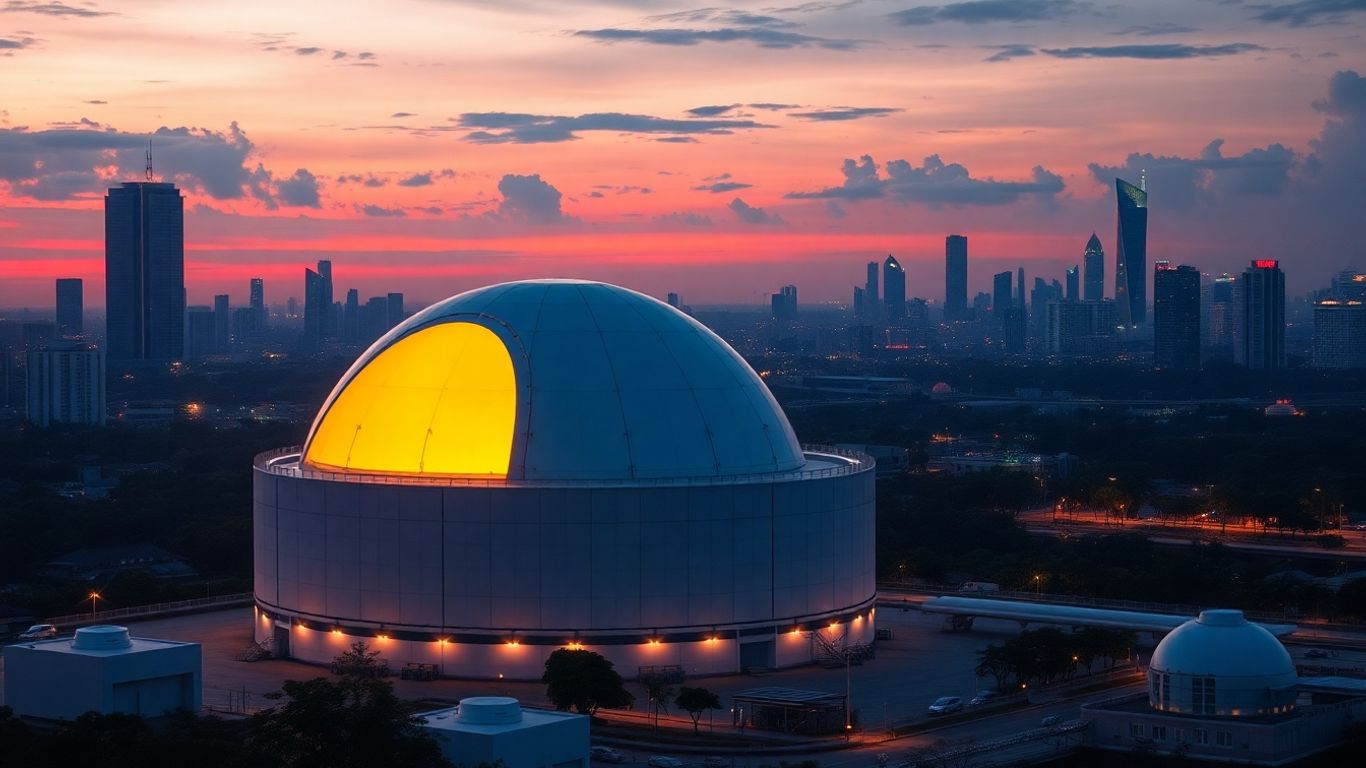Southeast Asian nations are charting an ambitious course towards nuclear power, projecting a colossal $208 billion investment by 2050 to establish 25 gigawatts of capacity. This significant push is heavily reliant on the adoption of Small Modular Reactors (SMRs), seen as a more agile and potentially faster alternative to traditional large-scale nuclear plants, despite their current higher generation costs.
Key Takeaways
- Southeast Asia aims to invest $208 billion by 2050 to develop 25 GW of nuclear power capacity.
- Small Modular Reactors (SMRs) are the preferred technology due to faster deployment and fewer regulatory hurdles, despite higher initial costs.
- Vietnam is expected to lead the region’s nuclear development, with significant capacity targets.
- Challenges include political opposition, cost overruns, and ensuring long-term fuel security.
The Case for SMRs
Despite the higher projected generation costs for SMRs—estimated at $220 per megawatt-hour by 2050 compared to $101 per megawatt-hour for traditional reactors—their appeal lies in their rapid deployment timeline. While large nuclear plants can take five to 15 years for permitting and another five to 15 years for construction, SMRs could potentially move from approval to operation in just two to three years, provided supportive policies are in place. This speed is crucial for regions like Southeast Asia, which are seeking faster energy transitions.
Regional Nuclear Development Plans
Currently, no Southeast Asian country operates nuclear power plants, with most relying heavily on coal and natural gas for baseload power. The shift towards nuclear is driven by the need for cleaner energy sources and more secure supplies. Robert Liew, Asia Pacific director for renewables research at Wood Mackenzie, notes that nuclear power offers emissions-free baseload electricity that can be deployed without major grid upgrades. However, he also cautions about the risks associated with the region’s limited operational experience, including political opposition, cost overruns, and long-term uranium fuel security.
Several countries have outlined specific plans:
- Vietnam: Aims to install up to 14 GW of capacity by 2050, viewing nuclear as a competitive alternative to planned liquefied natural gas projects.
- Malaysia: Plans to deploy SMRs by 2035, targeting 1.2 GW by mid-century.
- Philippines: Targets 2.4 GW of SMRs by 2050, though only half this capacity is expected to materialize.
- Thailand: May reintroduce nuclear power with 600 megawatts by 2037, expanding to 3 GW by 2050.
- Indonesia: Includes two 250-megawatt SMRs in its 2025-2034 electricity plan.
- Singapore: May add 0.8 GW by 2050 to reduce reliance on imported fuels.
Opportunities and Hurdles
SMRs also present opportunities in the corporate power purchase agreement (CPPA) market, offering dependable, low-carbon baseload power. This can fill a critical gap for large corporate buyers seeking reliable alternatives to fossil fuels. National utilities are expected to be key off-takers, potentially co-investing in projects through public-private partnerships. Nuclear power could also help lower wholesale electricity prices in markets like Singapore and the Philippines. However, the success of these ambitious plans hinges on developing appropriate regulatory frameworks and securing experienced international partners to navigate the substantial investment requirements and technological risks.
Southeast Asia Eyes Small Modular Reactors for Nuclear Plans
- Southeast Asia bets on small modular reactors in $208B nuclear plan, Latest news from Azerbaijan.
- $208B Investment in Small Modular Reactors, Down To Earth.












